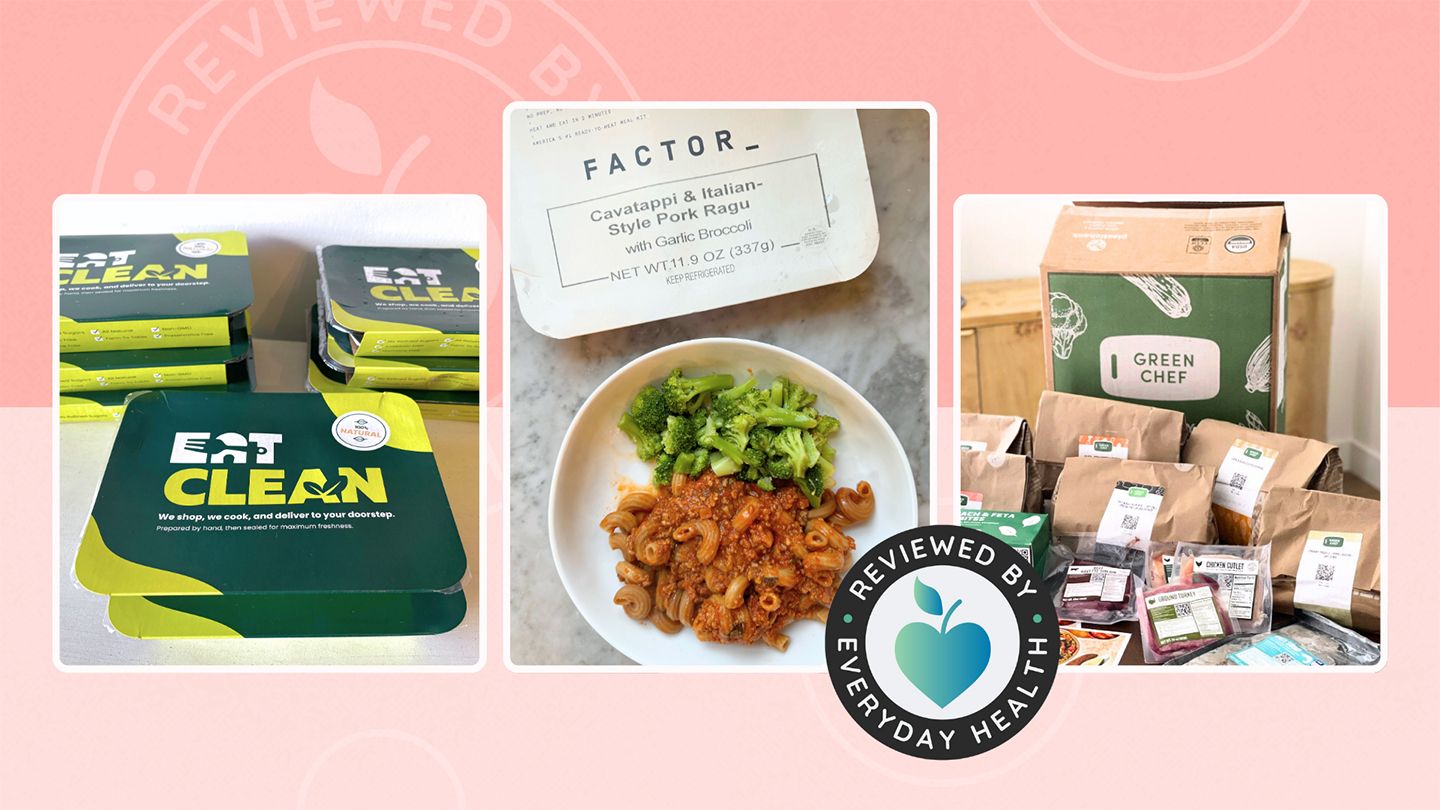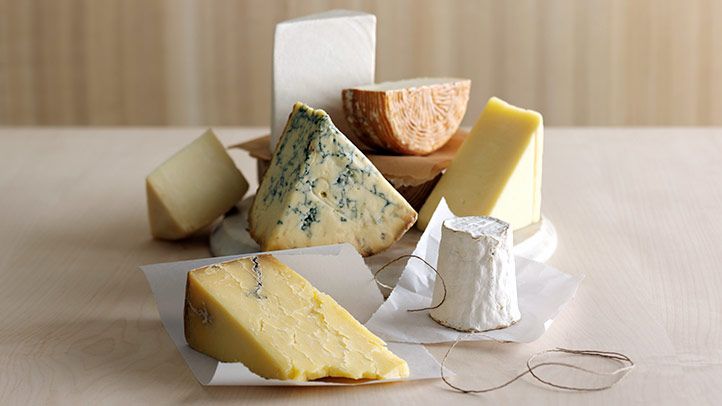An In-Depth Look at Asiago Cheese Calories and Nutrition
Asiago cheese has become an increasingly popular choice for cheese lovers around the world. Known for its unique flavor profile and versatility, asiago can be used for cooking, snacking, or incorporating into various dishes. With its rise in popularity, many people wonder about the detailed nutrition facts of asiago, specifically the calories contained in this flavorful cheese. In this article, we will take an in-depth look at asiago cheese calories, nutrition information, and the health impacts of enjoying this Italian cheese in moderation as part of a balanced diet.
Understanding Asiago Cheese
Asiago is a cow's milk cheese that originated in the Asiago plateau region of Italy. It is available in two varieties: fresh Asiago, and aged Asiago, which is allowed to mature for at least 2 months up to years for a sharper, more pungent flavor. The longer the aging process, the harder the texture of the cheese. When it comes to asiago calories and nutrition, there can be slight differences depending on the age and firmness.
Overall, asiago offers a versatile cheese option with a smooth and dense texture, ranging from slightly salty and mild when fresh, to an intense, crumbly, and nutty flavor profile when aged. It can be used grated on top of dishes, eaten as a snack, or incorporated into recipes like appetizers, soups, risottos, omelets, and more. Its ability to melt well makes it a popular choice for pizza, pasta, and grilled cheese sandwiches.
Asiago Cheese Calories and Nutritional Value
When examining the asiago cheese nutrition facts, the first thing most people look for are the calories. Here is an overview of the calories in 1 ounce (28g) of asiago cheese:
- Fresh asiago: about 78 calories
- Aged asiago: approximately 111 calories
Compared to other popular cheeses like cheddar or mozzarella, asiago tends to be a bit higher in calories. There are a few factors that contribute to its higher calorie content:
- It is lower in moisture - dryer cheeses are often higher in fat and calories
- Aged varieties are more compact and dense
- The aging process breaks down sugars into fats, increasing the calories
While the calories tell part of the story, looking at the other nutritional components is important for your overall health.
Here is an overview of the nutrition found in a 1 ounce serving of semi-soft asiago cheese:
- Total fat: 9g
- Saturated fat: 5g
- Trans fat: 0g
- Sodium: 230mg
- Carbohydrates: less than 1g
- Protein: 7g
- Calcium: 209mg
- Vitamin A: 8% DV
- Vitamin B12: 9% DV
- Phosphorus: 9% DV
- Riboflavin: 6% DV
Asiago contains a good amount of protein, essential vitamins, and minerals like calcium, vitamin B12, and phosphorus. However, the saturated fat content is a bit high compared to some other cheeses. Overall, enjoying asiago cheese in moderation can provide valuable nutrients as part of a healthy diet.
Health Benefits of Asiago Cheese
Despite its higher fat and calorie content, asiago cheese does offer several health benefits when consumed responsibly. Here are some of the potential wellness perks associated with this Italian cheese:
- Bone health - Full of calcium, phosphorus, and vitamin D, asiago can help promote bone strength and density.
- Muscle function - The phosphorus in asiago aids in healthy muscle contraction and energy production.
- Satiety - The protein and fat keep you feeling fuller longer compared to low-fat cheeses.
- Gut health - Fermented cheeses like asiago contain probiotics that support digestive system health.
- Immune function - Asiago provides zinc and vitamin A, nutrients that boost immunity.
Enjoying the unique flavor and texture of asiago cheese can absolutely be part of a balanced diet. Just be mindful of portion sizes to keep calories in check. The vitamins, minerals, and fat help support the body when consumed in moderation.
Ways to Enjoy Asiago Cheese While Managing Calories
If you want to savor asiago cheese but are trying to watch your calorie intake, there are easy ways to enjoy it responsibly. Here are some tips:
- Grate it sparingly over pastas, salads, pizza and soups
- Combine it with other lower-calorie ingredients like vegetables and lean protein
- Portion out 1-2 ounces per serving for a snack or appetizer
- Swap it for higher fat cheeses in recipes to cut added calories
- Use it to add big flavor in small amounts instead of the main ingredient
- Pair it with fresh fruit like apples, grapes, and pears to balance the richness
Choosing low-fat cooking methods like baking, broiling, and grilling can also minimize any extra calories. Enjoying 1-2 servings of asiago cheese daily as part of a diet rich in fresh whole foods can satisfy cravings while supporting wellness.
Asiago Cheese and the Keto Diet
The keto diet has surged in popularity for its effectiveness at producing weight loss and other potential health benefits. On the keto diet, you restrict carb intake to under 50 grams daily. This state of low carbs but high fat intake jumpstarts ketosis, where your body burns fat for fuel instead of carbs.
Cheese is often considered one of the staple foods for keto due to its high fat content and low carbs. But can you enjoy asiago cheese on the keto diet without sabotaging your progress? Let's take a closer look.
Asiago Nutrition Profile and Keto
The nutrition profile of asiago cheese aligns fairly well with a ketogenic diet. Here is how it generally fits into keto guidelines:
- High in fat - About 75% of the calories come from the total fat in asiago. Ketogenic diets are very high in dietary fats.
- Low net carbs - After subtracting fiber, there is less than 1g of digestible carbohydrate per serving.
- Decent protein - With 7g of protein per ounce, asiago can help meet protein needs on keto.
Overall, its macronutrient ratios make asiago an excellent choice when limiting carbs to get into ketosis. Just pay attention to calories and portion size.
Potential Benefits of Asiago Cheese on Keto
Incorporating asiago cheese into a well-formulated keto diet can offer these benefits:
- Boosts fat intake to stay in ketosis
- Provides nutritious forms of fat like conjugated linoleic acid
- Contributes essential vitamins and minerals
- Adds flavor and satisfaction for a sustainable diet
- Helps meet daily protein needs while limiting carbs
Enjoying asiago moderately may support feelings of fullness, muscle preservation, bone health, and overall nutrition on a ketogenic eating plan.
Tips for Keeping Keto While Eating Asiago
To incorporate asiago cheese into your keto diet, keep these tips in mind:
- Weigh or measure 1-2 ounce servings to control portions
- Be mindful of calories - they still matter on keto
- Use it to top salads and veggies instead of higher carb ingredients like croutons
- Combine it with healthy fats like olive oil, avocado, nuts, and seeds
- Avoid packing it into high-fat, calorie-dense recipes
- Balance it out with low-carb vegetables and lean protein at meals
Prioritizing nutrition, satiety, and moderation when enjoying asiago cheese can help support your individual keto goals.
Potential Downsides of Eating Asiago Cheese
While asiago cheese does offer some nutritional components, there are also a few potential downsides to consider when consuming it regularly.
High in Saturated Fat
The majority of the fat content in asiago cheese is saturated fat. The American Heart Association recommends limiting saturated fat to 5-6% of total daily calories.
Going overboard on saturated fat from cheese can increase LDL cholesterol levels. This may raise your risk for heart disease. Enjoying asiago cheese in moderation is key.
High in Calories
With 112 calories in just 1 ounce, it's easy to overdo it on the calorie front when eating asiago cheese. Paying attention to serving sizes and being mindful of your total daily caloric intake can help prevent overeating.
High in Sodium
Cheeses tend to be very high in sodium. With 230mg per ounce, asiago is no exception. This can be concerning for those with high blood pressure or kidney disorders.
Checking food labels and accounting for the sodium content of asiago can help keep your daily intake within the recommended limits if you have medical concerns.
Allergies and Sensitivities
As a milk-based cheese, asiago contains lactose. This makes it unsuitable for those with dairy allergies or lactose intolerance.
It may also cause issues for people sensitive or allergic to cow's milk proteins like casein. Making sure asiago fits within your individual dietary restrictions is important.
The Bottom Line
Asiago cheese provides a signature robust flavor profile with a good amount of fat, protein, calcium, and other nutrients. At 9 grams of fat and around 110 calories per ounce, it is relatively high in saturated fat and calories compared to other cheese varieties.
Enjoying small portions of asiago cheese alongside low-fat proteins, fresh vegetables, and whole grains can allow you to savor the unique taste as part of a healthy diet. Just be mindful of portions and incorporate it alongside a variety of nutritious foods.
If following a keto diet, the low carbohydrate, high-fat nutrition profile makes asiago a good choice. But calories still matter, so practice moderation. If you have high cholesterol, blood pressure concerns, or dairy sensitivities, discuss intake with your doctor.
Overall, asiago cheese can absolutely fit into a balanced lifestyle. Paying attention to serving sizes and your total daily caloric and saturated fat intake lets you soak up its delicious flavor risk-free.
FAQs
How many calories are in asiago cheese?
There are approximately 110 calories in 1 ounce of aged asiago cheese. Fresh asiago has around 80 calories per ounce. The calories come mainly from the high fat content.
Is asiago cheese keto-friendly?
Yes, asiago cheese is generally keto-friendly. It contains under 1 gram of digestible carbs per ounce, while providing fat and protein. Enjoy it in moderation as part of a healthy keto diet.
What are the health benefits of asiago cheese?
Some potential health benefits of asiago cheese include improved bone health from the calcium, better digestive health from the probiotics, and higher satiety from the protein. Eat it as part of a balanced diet.
Is asiago cheese high in cholesterol?
Asiago cheese does contain higher amounts of saturated fat, which can raise LDL cholesterol levels in some individuals. Enjoy it in moderation as part of an overall healthy diet to keep cholesterol in check.
Can you eat asiago cheese if you have dairy allergies?
No, those with dairy allergies or trouble digesting lactose should avoid asiago cheese. As a cheese made from cow's milk, it contains lactose and milk proteins.
Disclaimer: This article is for informational purposes only and does not constitute medical advice. Always consult with a healthcare professional before starting any new treatment regimen.
Related Coverage
Quickly relieve sore throat discomfort with teas, gargles, lozenges, honey, pain relievers and more. Tips to ease throat irritation and swelling overnight....
Feeling intensely lonely at night is common but signals a need for change. Learn why isolation worsens after dark, impacts of chronic loneliness, and techniques to regain control....
Enjoy keto pizza from chain restaurants like Domino's, Pizza Hut, Blaze Pizza, Pie Five and more. Learn low-carb hacks, crust options, ideal toppings and custom orders....
Low fat parmesan cheese offers weight loss benefits, heart health perks, and versatility for any meal. Learn how this nutritious cheese promotes good health....
Get the scoop on the best and worst cheeses for a low carb or keto diet. Discover which high and low lactose cheeses to choose plus delicious cheese recipes....
Do icy drinks like slushies and iced coffee fit into keto? Learn which frozen beverages to avoid, keto-friendly swaps to make, and tips for custom low carb ice drinks on the go....
Learn which cheeses are keto-friendly and which to limit. Discover the best options like cheddar, Parmesan, and mozzarella plus cheese recipes for the ketogenic diet....
Looking for info on asiago cheese calories, nutrition facts, and health impacts? This in-depth guide covers everything you need to know about enjoying asiago cheese as part of a balanced diet....
Craving corn casserole but want to stay in ketosis? This guide shares how to build a keto corn casserole with low carb ingredient swaps, sample recipe, serving tips, and getting back into fat burning mode after indulging....
Can you eat fat free cream cheese on keto? With 4g net carbs per serving, it can fit into the diet in moderation. Learn how to incorporate it along with healthy fats....









